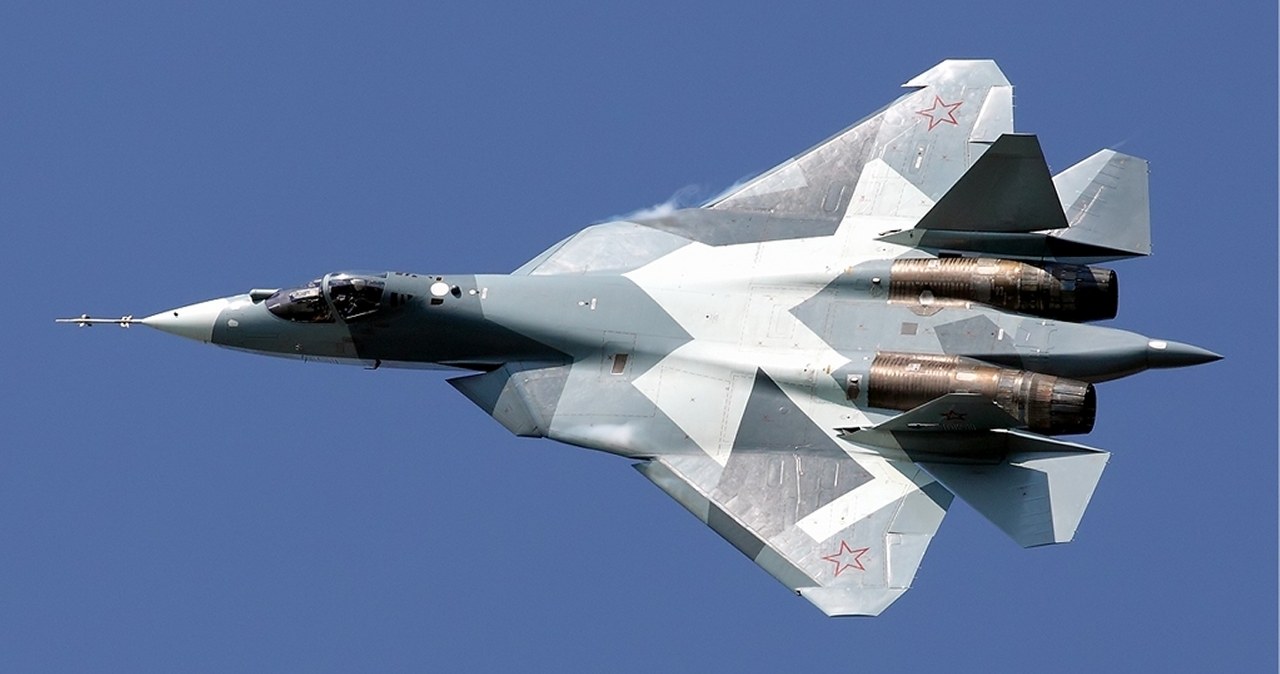
Армия США пересматривает стандарты запрещенной экстремистской деятельности
Автор: Райан Морган, The Epoch Times (выделено нами),
Армия США в среду выпустила новое, более конкретное руководство по борьбе с экстремизмом в своих рядах и обеспечению дисциплинарных мер против тех, кто занимается или продвигает экстремистские взгляды.
 Секретарь армии, достопочтенная Кристин Вормут, посещает американских солдат на Гуаме 25 июля 2023 года. (Фотография сержанта Дэвида Ресника)
Секретарь армии, достопочтенная Кристин Вормут, посещает американских солдат на Гуаме 25 июля 2023 года. (Фотография сержанта Дэвида Ресника)Секретарь армии Кристин Вормут подписала пару записок, опубликованных 26 июня, в которых уточняется, как служба будет справляться с протестами и экстремистской или бандитской деятельностью в рядах, и сообщает о предполагаемом запрещенном поведении. Одна памятка — директива «О борьбе с протестами, экстремистской и преступной деятельностью банд», а другая — директива «Сообщение о запрещенной деятельности». "
В меморандуме о борьбе с протестами, экстремистской и преступной деятельностью говорится, что запрещенная деятельность в армии может включать распространение экстремистских материалов в Интернете. Эта новая армейская записка укрепляет политический подход, сформулированный Министерством обороны США в меморандуме от ноября 2021 года, в котором говорится, что «действия, предпринятые для тиражирования контента из одного онлайн-места в другое», могут квалифицироваться как распространение экстремистского контента в Интернете. В новом армейском меморандуме говорится, что запрещенное распространение экстремистской деятельности в Интернете может включать в себя симпатию, обмен и повторный твит.
«Военный персонал несет ответственность за контент, который они публикуют на всех личных и публичных интернет-доменах, включая платформы социальных сетей, блоги, веб-сайты и приложения», — говорится в документе.
Существующая политика армии, обновленная в июле 2020 года, ранее заявляла, что запрещенное поведение в Интернете может включать в себя «издевательства, издевательства, домогательства, дискриминационные преследования, преследование, возмездие или любые другие виды неправомерных действий, которые подрывают достоинство и уважение», но была менее конкретной в отношении онлайн-экстремистской деятельности, заявив только, что «военный персонал должен отказаться от участия в экстремистских организациях и связанной с ними кибер-деятельности». "
В новой записке о борьбе с протестами, экстремистской и преступной деятельностью также говорится, что солдаты, которые «сознательно» демонстрируют атрибутику, слова или символы в поддержку экстремистской деятельности, в том числе на флагах, одежде, татуировках и наклейках на бамперах — будь то на военной установке или вне ее — могут противоречить запретам армии на экстремистское поведение.
Новая памятка не содержит исчерпывающего перечня того, какие атрибуты, слова или символы могут соответствовать их определению экстремистского материала. но предлагает определение взглядов и действий, которые армия включает в свое определение экстремизма:
- Пропаганда или участие в использовании незаконной силы или других незаконных средств для лишения людей их прав в соответствии с Конституцией США или в любых штатах, территориях или их политических подразделениях.
- Пропаганда или применение незаконной силы для достижения целей политического, религиозного, дискриминационного или иного идеологического характера.
- Пропаганда, участие или поддержка терроризма.
- Пропаганда, участие или поддержка свержения федерального правительства или государства, территории и местных органов власти с использованием силы, насилия или неконституционных или других незаконных средств.
- Пропагандировать или поощрять военный, гражданский или обслуживающий персонал Министерства обороны или Береговой охраны США нарушать законы или не подчиняться законным приказам.
- Пропаганда широко распространенной незаконной дискриминации по признаку расы, цвета кожи, национального происхождения, религии, пола (включая беременность), гендерной идентичности или сексуальной ориентации.
В записке говорится, что у командования армии есть несколько вариантов действий против солдат, пропагандирующих эти взгляды. Они включают судебные иски в рамках системы военного правосудия, известной как унифицированный кодекс военного правосудия. Командования могут также принимать неблагоприятные административные меры в отношении солдат, которые, как утверждается, нарушили эти запреты на экстремистскую деятельность, включая принудительное отделение солдат, переназначение солдат, отзыв их допусков к секретной службе, лишение солдат возможности продолжать службу или "другие административные или дисциплинарные меры, которые командир сочтет целесообразными, исходя из конкретных фактов и обстоятельств конкретного дела. "
Вторая памятка
Вторая памятка, касающаяся того, как военные чиновники должны сообщать о предполагаемой запрещенной деятельности, направлена на установление процесса сообщения о подозрительной деятельности заместителю Генерального инспектора Министерства обороны США (DIG) по вопросам разнообразия, интеграции и экстремизма в вооруженных силах.
Соответствующие армейские власти, которые получают утверждение о том, что военнослужащий, занимающийся запрещенной деятельностью, должен уведомить командира или другой соответствующий орган и соответствующего армейского генерального инспектора в течение 30 календарных дней, если этот военнослужащий находится в активной части, и в течение 60 календарных дней, если этот военнослужащий находится в резервной части армии. Затем генерал-инспекторы армии должны направить информацию, которую они получают, заместителю генерального инспектора Министерства обороны по вопросам разнообразия, интеграции и экстремизма в вооруженных силах в течение еще 15 календарных дней после получения указанного уведомления.
Командирам также поручено обеспечить, чтобы постоянная запись солдата в армейской военной кадровой документации (AMHRR) была аннотирована, если этот солдат получил военное осуждение, несудебное наказание или меморандум о выговоре генерального офицера за активное участие в экстремистской деятельности.
В записке говорится, что армейские командиры должны периодически напоминать солдатам, чтобы они не занимались экстремистской деятельностью.
В меморандуме также говорится, что командирам армии следует рассмотреть возможность проведения командно-направленных сессий по оценке психического здоровья и финансовому консультированию солдат, которые могут быть вовлечены в экстремистскую деятельность.
Тайлер Дерден
Свадьба, 06/26/2024 - 20:20













![Papież Leon XIV odwiedził Błękitny Meczet w Stambule [ZDJĘCIA]](https://cdn.wiadomosci.onet.pl/1/94sk9lBaHR0cHM6Ly9vY2RuLmV1L3B1bHNjbXMvTURBXy8zOGE2ZDA1YzcxMjAyN2EyZjE2Y2VmZWYzNGEzNmRiMC5qcGeSlQMAzNDNB9DNBGWTBc0JYM0GQN4AAqEwB6ExBA)
